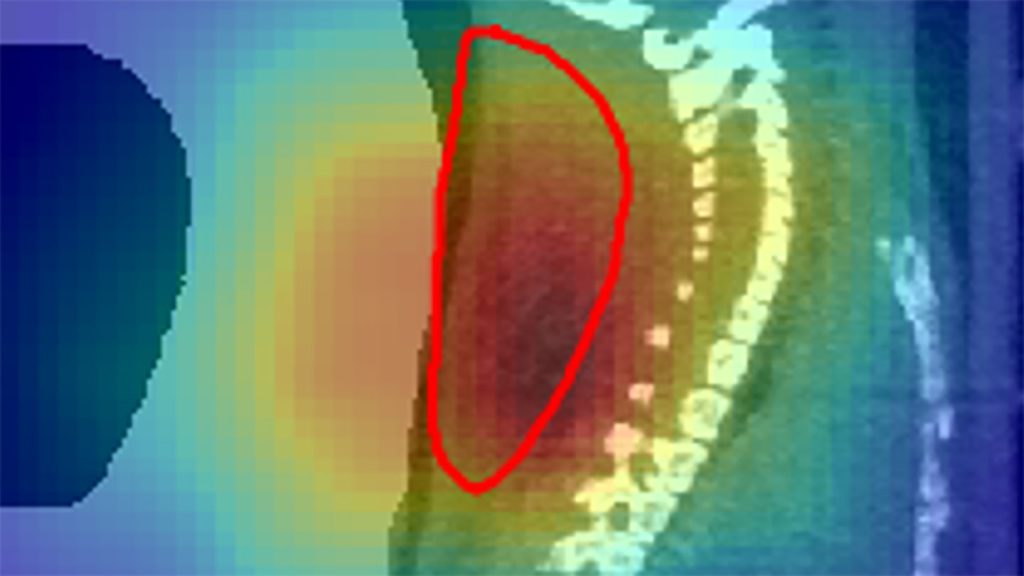Scientists have successfully treated tumors in mice with a radioactive beam, marking the first successful use of this technique, as reported in a paper submitted at arXiv.org. This innovative approach could potentially allow for the precise treatment of tumors in human patients with millimeter precision, particularly important when dealing with tumors located near sensitive organs such as the spinal cord or brain stem. By precisely targeting the tumor with a radioactive beam, scientists can deliver a blast of destructive energy directly to the tumor, minimizing damage to surrounding healthy tissues.
Various types of radiation, such as X-rays, can be used to treat cancer by destroying DNA in tumor cells. However, X-rays deposit their energy along the entire path of the beam, leading to potential collateral damage in other parts of the body. For more precise tumor targeting, particles like protons or ions are preferred, as they deposit most of their energy in one specific spot. Ion treatment, which is currently performed at several centers worldwide, uses stable, non-radioactive ions like carbon-12, which are stripped of their electrons to give them a positive charge for effective treatment of tumors.
The position of the tumor is targeted based on previous imaging of the patient, such as CT scans, along with calculations of how deep a beam will penetrate the body. However, organs are not static and can shift between imaging and treatment, which is why real-time confirmation of the beam’s position is crucial. Using carbon-11 ions, researchers were able to simultaneously kill the tumor and detect the beam’s position by monitoring the release of positrons through positron emission tomography. This allowed scientists to verify that the beam was precisely hitting the tumor, resulting in the successful shrinking of tumors.
In previous attempts to use positron emission tomography to measure the location of stable ion beams, the technique was difficult due to the small number of particles emitted. However, with the use of radioactive ion beams, many more positrons are emitted, enabling a clearer image of where the particles stop. This innovative technique not only allows for precise tumor targeting but can also aid in understanding how radioactive material moves through the body after treatment. By analyzing the amount of washout caused by blood flow carrying away radioactive particles, scientists can potentially determine if blood vessels are being destroyed, cutting off the tumor’s energy supply and leading to its demise.
Overall, this groundbreaking research showcases the potential of using radioactive ion beams for the precise treatment of tumors in cancer patients. By combining tumor-killing capabilities with real-time visualization of the beam’s position, scientists can ensure that tumors are effectively targeted while minimizing damage to healthy tissues. This innovative approach could revolutionize cancer treatment by providing a more precise and effective way to combat the disease, particularly in cases where tumors are located in close proximity to vital organs. Further research and clinical trials are needed to validate this technique for human patients, but the initial results are promising for the future of cancer therapy.


